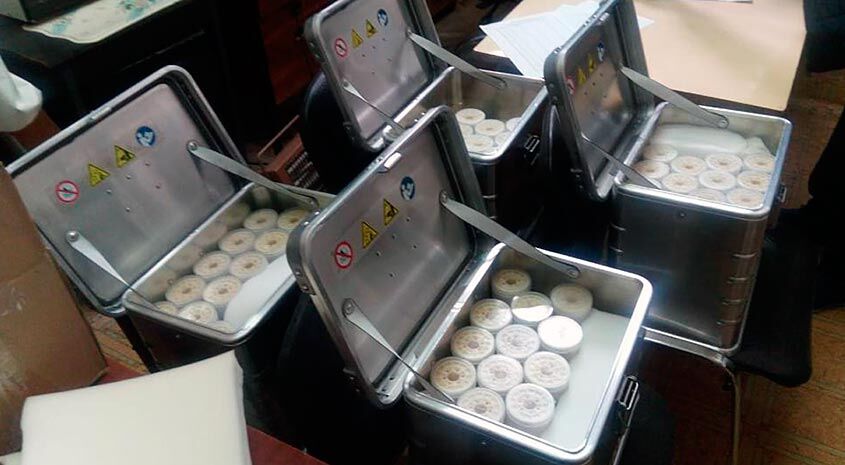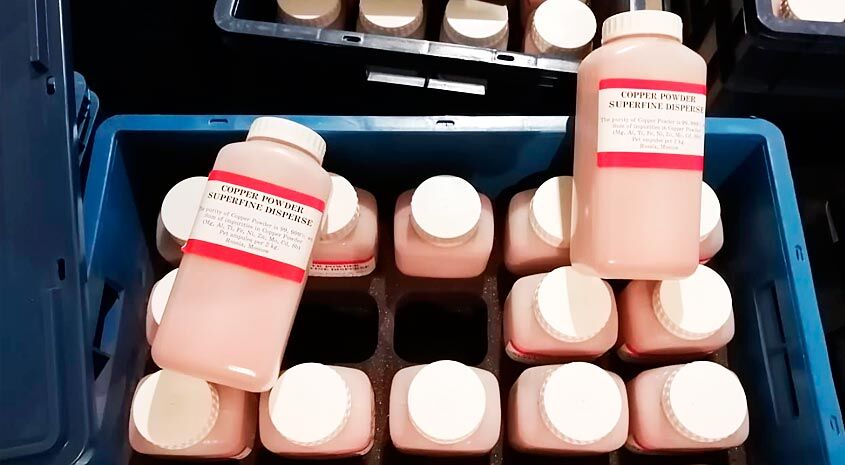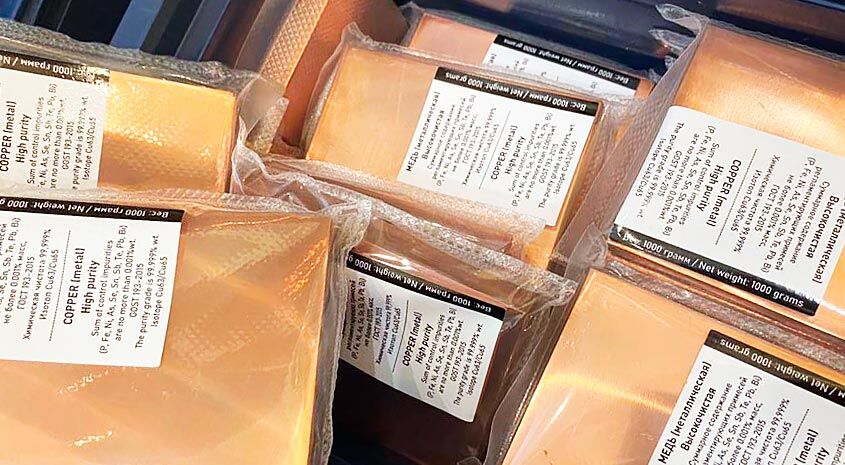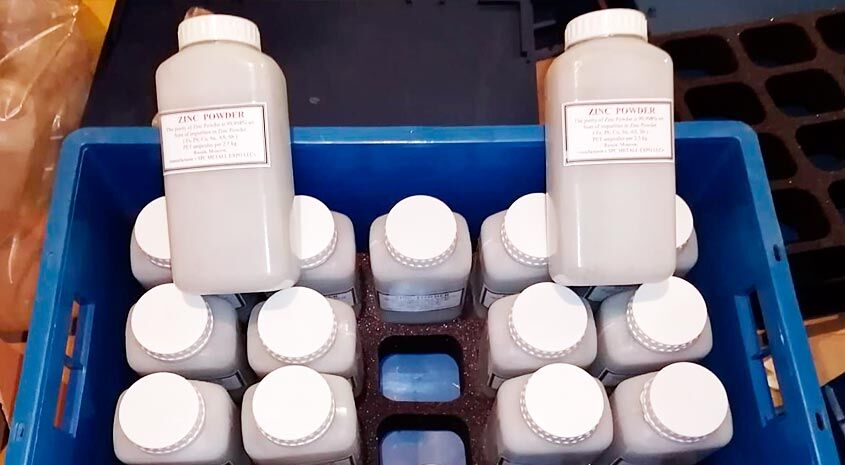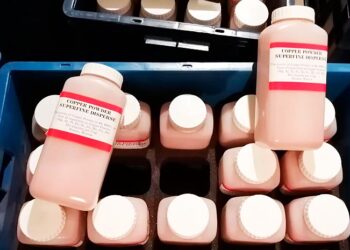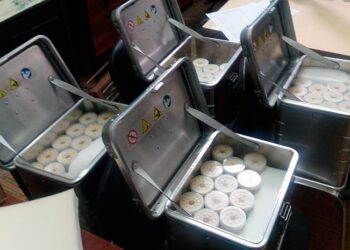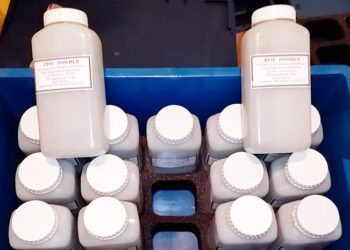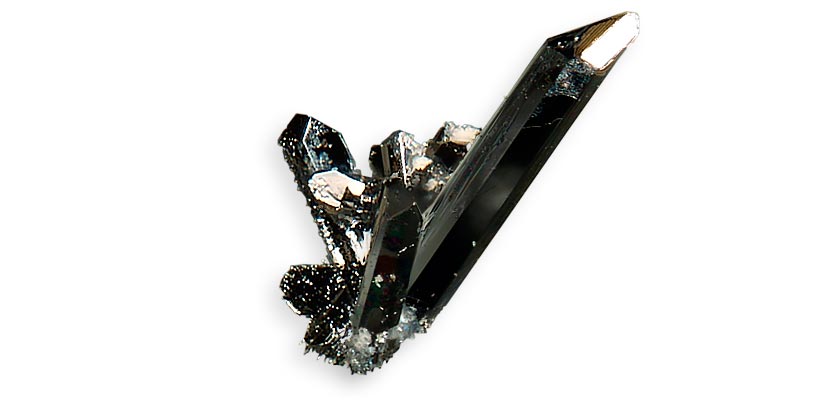
Selenium (Se) 34
Chemical element symbol is (Se) and atomic number 34.
Selenium classified in the group of chalcogens.
The element was discovered by J. J. Berzelius in 1817. Berzelius’ own account of how this discovery happened has been preserved: “I researched in collaboration with Gottlieb Hahn the method used for the production of sulfuric acid in Gripsholm. We found a precipitate in sulfuric acid, part red, part light brown. This precipitate, tested with a blowpipe, gave off a faint rare smell and formed a lead kinglet. According to Klaproth, such a smell is an indication of the presence of tellurium. At the same time, Gan noticed that at the mine in Falun, where the sulfur necessary for the production of acid is collected, a similar smell is also felt, indicating the presence of tellurium. Having accepted the intention to separate the tellurium, I could not, however, discover any tellurium in the sediment. Then I collected everything that was formed during the production of sulfuric acid by burning Falun sulfur for several months, and subjected the sediment obtained in large quantities to a thorough study. I found that the mass (that is, the sediment) contains a hitherto unknown metal, very similar in its properties to tellurium. In accordance with this analogy, I named the new body selenium (Selenium) from the Greek σελννη (moon), since tellurium is named after Tellus — our planet.”
Characteristics
Brittle, shiny at the break, nonmetal gray.
Properties & Applications
They are used in pharmaceuticals, the production of food additives, in the paint and glass industry, in metallurgy – in the production of high-quality alloys and the electronics industry.
Supply
The content of selenium in the Earth’s crust is about 500 mg/t.
The selenium content in sulfides ranges from 7 to 110 g/t.
The concentration of selenium in seawater is 0.4 mcg/l.
Our products are high purity metals always in stock

